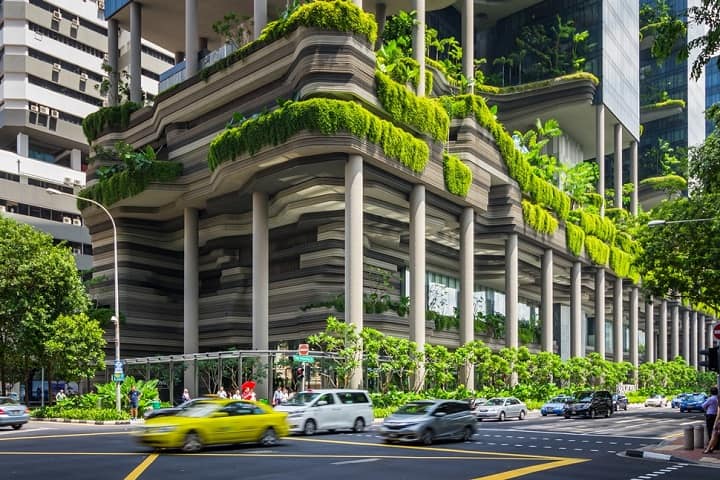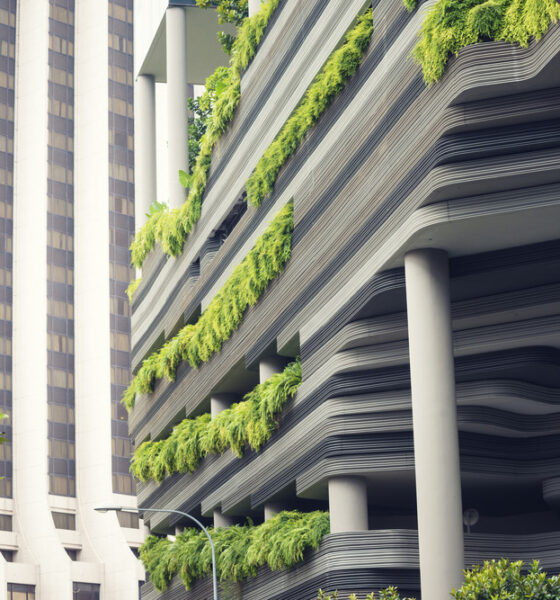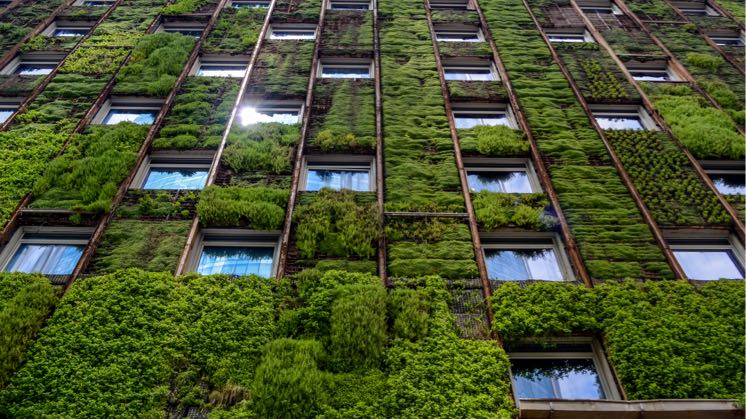
Building Design Principles Supporting Sustainable Architecture
While there is much an architect can do during construction, one can also design the building to reduce the environmental footprint. These are known as “greenhouses,” and it’s a building that is eco-friendly from start to finish, including everything from design, through to maintenance and even eventual demolition. There are several design principles that, when followed, create a sustainable building.
- Optimal Site Potential
This involves utilizing the site itself in the most eco-friendly way possible. One must consider the location and its current eco-system, and the building placed to affect and change it as little as possible. This consideration even includes transportation and energy use. The building’s main entrance should be easily accessible by the road and without requiring unnecessary driving to reach it.
- Effective Energy Use
Ultimately, we should aim to operate net-zero energy buildings as this is a significant way to reduce our dependency on energy derived from fossil fuels. Efficient energy use involves using every single part of the house in the best way possible, from walls and lighting down to those using the building to be conscious of their energy consumption.
Achieving a net-zero home means producing as much renewable energy as you use. Reaching this goal requires a combination of suitable equipment, systems, and materials and a solid effort on the part of the residents.
- Preserve and Protect Water
Water has a huge impact on a building’s environmental footprint, and a green building is one that uses water as efficiently as possible. For example – the stormwater management. Sustainable ways of dealing with rainwater is a big step towards becoming a green building.
The building should also be sure to recycle and reuse the water for their purposes, when possible.


- Maximize Space and Materials
The truth is that the world is running out of natural resources, even though the population continues to increase. A sustainable building keeps this in mind and makes every possible effort to both use and reuse materials in the best and most efficient way possible throughout its entire life cycle.
This includes using or repurposing recycled materials when possible and buying from sustainable companies when it’s not.
- Improve the IEQ (Indoor Environmental Quality)
The IEQ of a building is important as it not only affects the environment, but it impacts the health and comfort of those living in the building.
An example of a building with good IEQ is one that maximizes natural daylight with properly placed windows. It should also have good moisture control and ventilation. This reduces the need for materials and devices with high VOC emissions.
- Use Best Maintenance and Operational Practices
Lastly, designers of a green building should select systems and materials that reduce the need for maintenance and repairs down the line. This could mean choosing systems with automated controls for things like water and energy, to prevent waste.
It also includes little things like operational staff/residents using eco-friendly, efficient, and non-toxic cleaning compounds. Proper cleaning will reduce higher maintenance costs in the long run and keep the building healthier for everyone. Everything adds up, and even the little things count – it’s important for the building to remain sustainable for its entire life cycle.
If you care to learn further about how workshops are structured at LISAA School of Design, please click below to get in touch with our team.